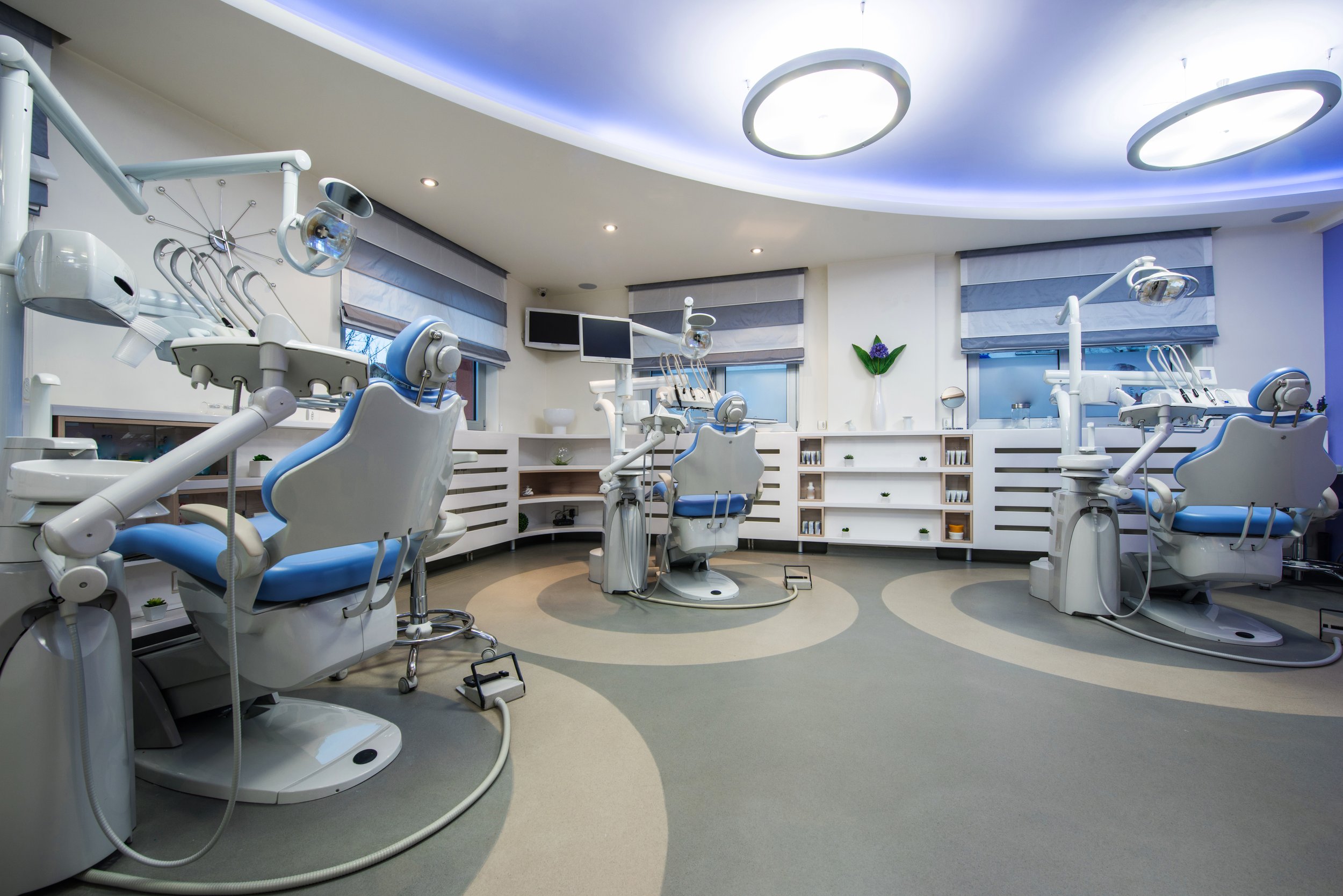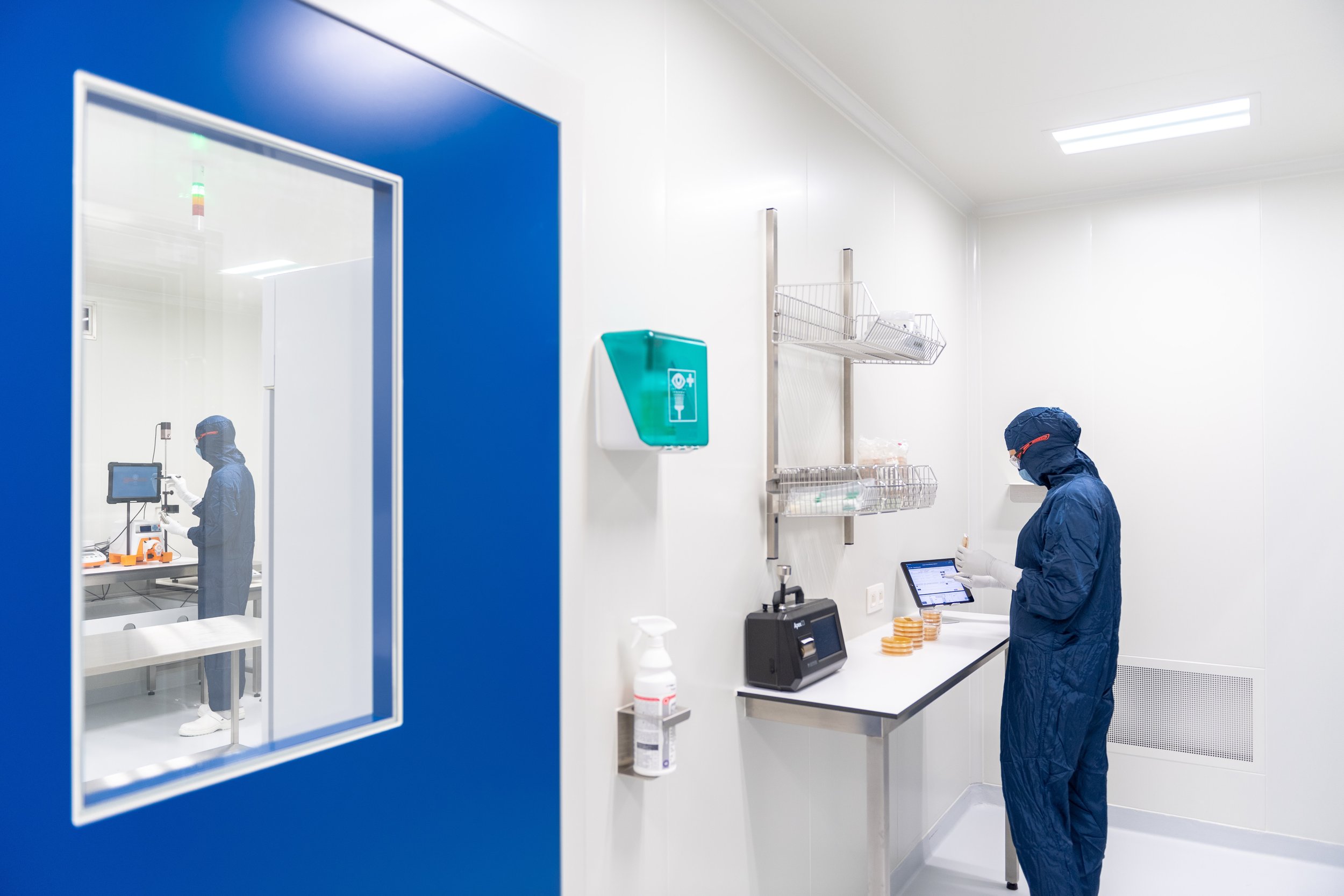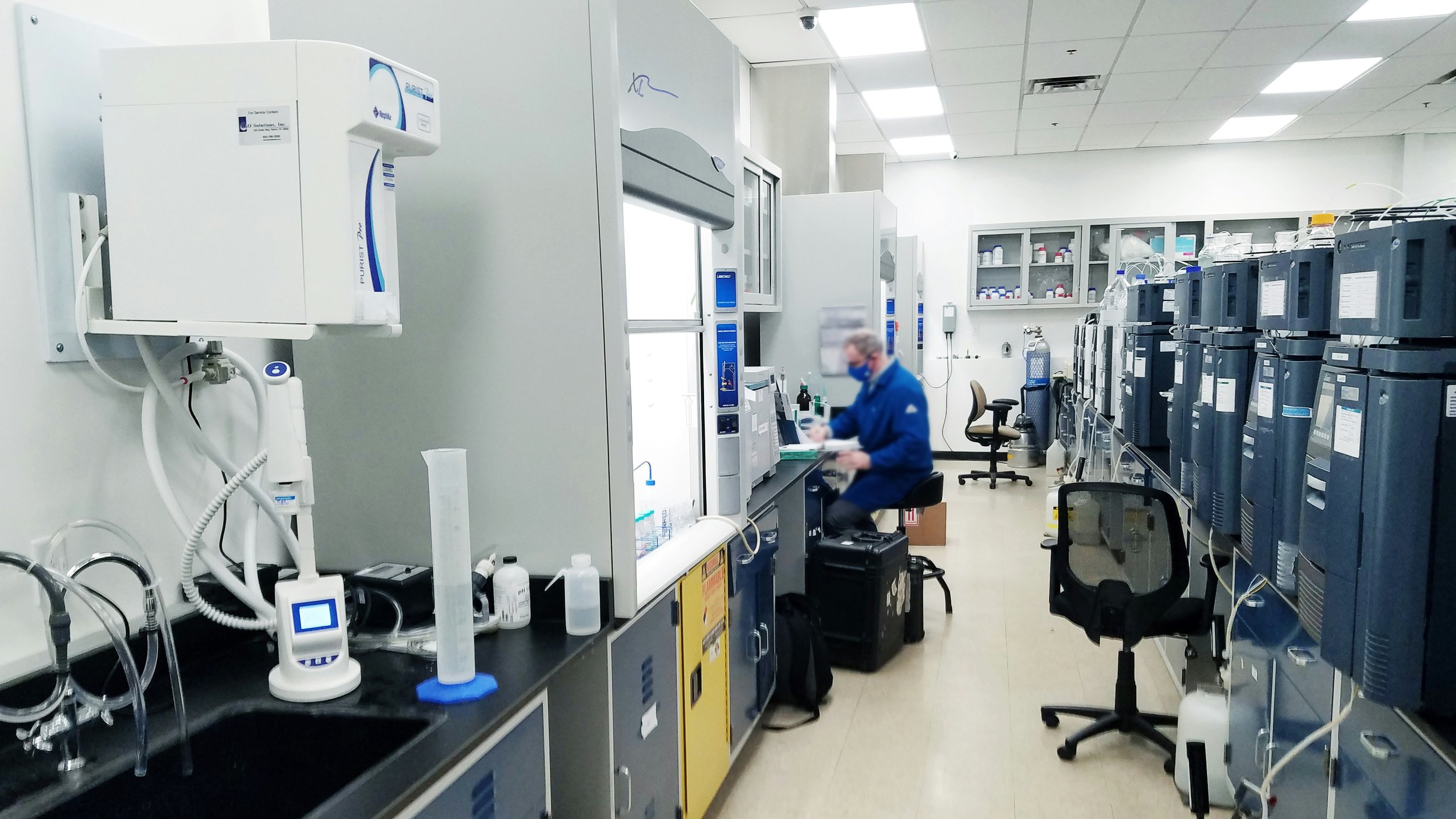Circadian lighting
Circadian rhythm
Circadian rhythm is the body's sleep and wake cycle throughout the 24 hours of the day.
What is circadian rhythm?
Circadian rhythm is the body's sleep and wake cycle throughout the 24 hours of the day. It is controlled by the brain's production of the sleep hormone melatonin, which is affected by both daylight and electric light. Therefore, it is important that the body is exposed to light and darkness at the right times of the day to ensure that our circadian rhythm functions optimally. Melatonin helps control our circadian rhythm and is affected by the amount of light that hits the retina of the eye. The more light that hits the eye, the lower the production of melatonin and thus we feel less sleepy. The short blue wavelengths have a greater effect on melatonin production than the longer wavelengths of warm light, therefore showing that melatonin is sensitive to the different spectral properties of the light source.
With the knowledge of the effects of light on the body and our circadian rhythm, it's clear how important it is to have optimal lighting in buildings. Since many people are not exposed to enough daylight, but instead mainly electric light, the circadian rhythm is disrupted, luminaires with circadian lighting have been developed
What is circadian lighting?
Light can have a significant impact on our wellbeing and can be used as a tool in a health-related context. In the concept of healing architecture, the architecture and surroundings are used as part of the healing process in health-related buildings, which is influenced by lighting, among other things. Hospitals, nursing homes and rehabilitation centers have staff on duty around the clock and patients who do not have the opportunity to get out and be exposed to daylight during the day. This can disrupt the circadian rhythm and have a negative effect, both mentally and physically. Therefore, several institutions have started installing circadian lighting to maintain the circadian rhythm of patients, citizens and staff.
Circadian luminaires contain an LED plate programmed with a light cycle where the color temperature (K) simulates the natural color temperature of the sun over the course of a day. The color gradient runs from the warm color temperatures (1800K) simulating sunrise and flows to the light/blue (6500K) in the middle of the day and ends the evening by returning to the warm color temperatures (2000K) as sunset.
Circadian lighting has been shown to help staff deal with sleep deprivation, mood swings and headaches, and has helped people with dementia to calmer behavior, a better circadian rhythm and less confusion. In addition, circadian lighting has been shown to help patients recover faster and have a positive effect on depression.
The "Special Area for Brain Injury" in the Central Denmark Region, which offers day care, residential care and rehabilitation programs for brain injured people, uses circadian lighting from Lumega. The lighting interacts with the interior design to create a better atmosphere for the residents.
What is Human Centric Lighting and how can you use it?
Human Centric Lighting refers to how lighting can be used to support human health, wellbeing and performance by combining the visual, biological and emotional benefits of light. The human body's circadian rhythm is linked to the natural cycle of light and darkness, subconsciously informing the body to regulate our wake and sleep patterns. Thus, dimming and changing color temperatures through light sources like LEDs can help mimic appropriate levels of sunlight throughout the day.
At a conference in Norway, Mark Rea, a professor of architecture and cognitive science, published a way to start installing Human Centric Lighting. He highlights that people exposed to 254 lux through vertical illumination for at least two hours, ideally in the morning, will suppress the sleep hormone melatonin by 30%.
*The table shows how you can adjust this for different luminaires, formats and color temperatures. 1 means 254 vertical lux measured by eye.
Sustainability and human activity
It's important to point out that this is, of course, only a small part of what needs to be considered in a lighting installation - it still needs to be energy efficient, flicker-free and much more. Human Centric Lighting is said to touch and influence the human circadian rhythm and mood, enhance visual activity and increase productivity - while an LED solution is energy efficient and sustainable.
This is an area that is constantly being researched, so this is not a recipe for how to do it, but more inspiration for how to do it if you want to work the concept into LED. Recent studies show that photosensitive retinal ganglion cells (ipRGC), in particular, have been shown to be affected by light - on the bluish scale - up to 10000K. This is particularly noteworthy as blue light content suppresses melatonin and encourages the production of dopamine, serotonin and cortisol, meaning that greater exposure to it throughout the day can lead to humans being more alert and productive at work.
Why should your child avoid contact with blue light before bedtime?
Several studies show that the majority of children exposed to light in some form for more than 90 minutes before sleep can lead to poorer sleep quality. During the daytime, blue light has been shown to be super effective and can actually increase alertness, responsiveness and improve mood. Blue light up to 500 nanometers in the light spectrum has the opposite effect in the evening. This is because the short wavelength of light affects the levels of melatonin in the brain, also known as the "sleep hormone", which helps regulate sleep and circadian rhythm. When the eyes are exposed to blue light, less melatonin is produced and this will undoubtedly reduce children's sleep quality, which is an important part of development.
It's a scary trend, but as a professor from the University of Connecticut points out, it's the flip side of living in a rapidly growing digitalized world. He calls it "light pollution", which in the worst case scenario can lead to health problems and serious illnesses.
What can you do yourself?
Avoid screen time 2 hours before bedtime
Artificial blue light, which is the type of light the iPad and phone emit, is the worst culprit. If your child avoids exposure to this light at least 2 hours before bedtime, you can avoid disrupting the melatonin hormone.
Dimming LED lights
The best solution is not to expose the child to any blue light before bedtime. Another option is to use LED lighting with a dimming effect. Although LED lighting produces some light in the blue spectrum, it is still better than regular lighting. For example, you can choose LEDs with a warmer color temperature, which will produce fewer wavelengths in the blue range and will therefore be more gentle. What you should pay particular attention to is buying bulbs from around 2,400-3,000 Kelvin
Lumega can help
At Lumega, we have a lot of knowledge on this topic and have implemented a lot of lighting that has increased the well-being of both the elderly and the very young in schools. With the right lighting and know-how, lighting can change an entire organization in an office, students can become more alert in schools and the healthcare sector can increase the well-being of both patients and employees. If you have a specific project or just want more information, please contact us below.





